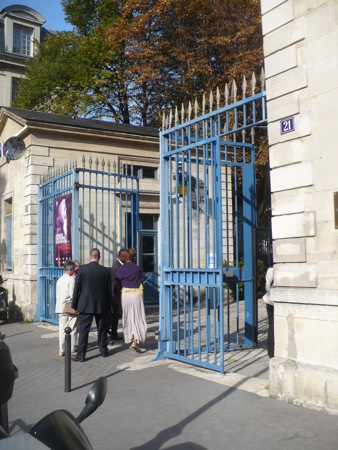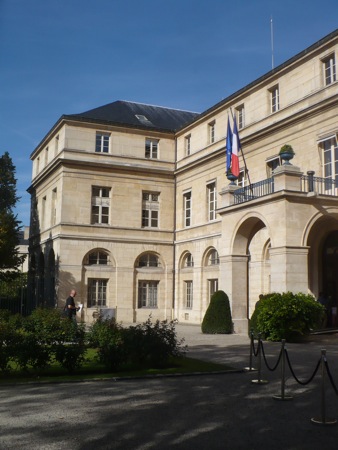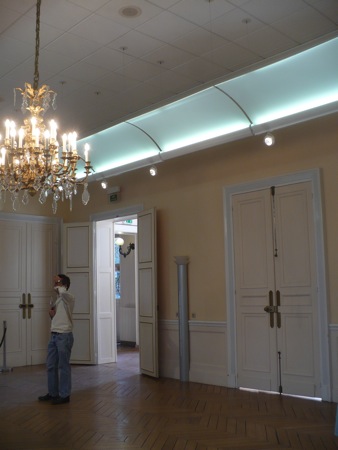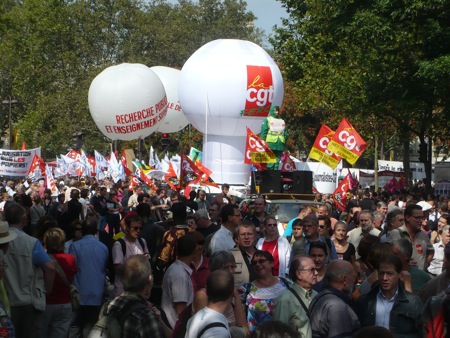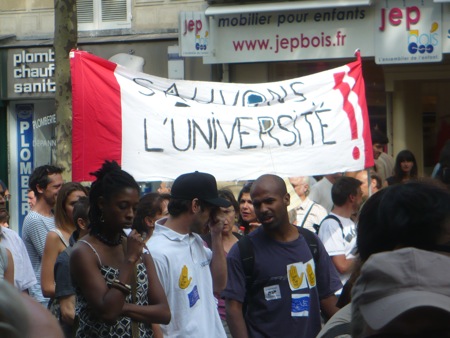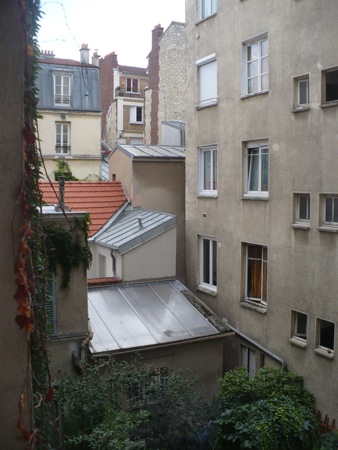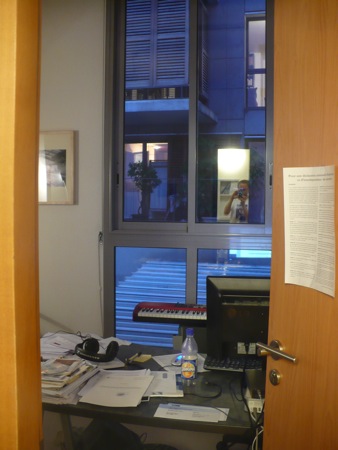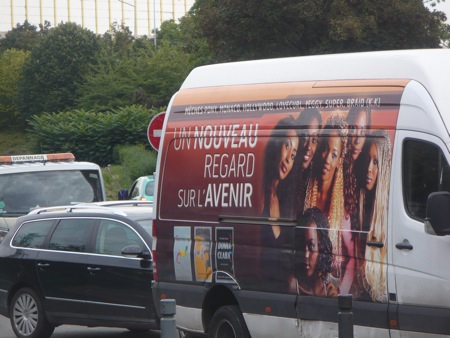
(A van advertisement called “a new look at the future” is just one example of how the “future” is mobilized in French marketing discourse.)
I am not a specialist in the literature on ethnographic methods per se, in spite of being an ethnographer by profession. This, I think, is a common situation for people in cultural anthropology; to judge by the lack of clear methodological discussion in most ethnographic articles, ethnography today doesn’t really demand much explicit methodological reflection. (In contemporary linguistic anthropology, by contrast, research methods are far more clear — though there too, and perhaps this ultimately is true of any empirical science, there is an enormous amount of unspoken choice, often arbitrary, that comes prior to the analysis of any particular object.) There is, of course, an existing literature on qualitative methods, one which in my experience is more often invoked in other social sciences, like sociology, where there is a greater range of possible methods and where method choice may demand more explicit justification. In cultural anthropology, on the other hand, ethnography is the norm and the default, and this literature on qualitative research is seldom invoked. I don’t really know that literature myself; at best I could give you citations of books I haven’t read.
Anyway, here I just wanted to give a little breakdown of ways of using ethnographic data. I won’t try to stipulate what does or doesn’t count as ethnographic data, though I’ll emphasize in passing that, paradigmatically, ethnographic data is what an ethnographer learns by personal observation of some stretch of social life somewhere. It can of course also involve any number of other materials, like photographic images, audio/visual recordings, native texts and artifacts (including genres like journalism that report on other stretches of social life), interviews (which are themselves a form of observed social life), secondary sources like demographic data, and so on.
It seems to me that any particular piece (or form) of ethnographic data can serve one of many epistemological functions, some of which I want here to delineate. Any given piece of ethnographic data can serve as any (or several) of the following:
(1) Historical data: a datum of “what happened” in a particular place and time. Part of the task of ethnography is after all to record events, processes, histories that did take place, and ethnographic data are at one level evidence of what happened. I would emphasize that this kind of “historical” data (for lack of a better word) need not be limited to direct observation, in spite of ethnography’s famous fixation on the concrete. On the contrary, our historical data is frequently quite indirect. My dissertation, for instance, will probably tell a story about French universities that really begins more than ten years ago, which is of course long before my arrival in France, and for which I’m assuming that various secondary sources provide reliable evidence. I will probably end up merging secondary sources and personal observation into one single historical narrative.
(2) Aesthetic data: a datum whose later representation conveys to readers the texture, the feeling, or the sense of a situation. There can, in other words, be ethnographic evidence that helps to create something of the ethnographic “reality-effect,” i.e. the sense of narratively superfluous but aesthetically crucial evidence that, among other things, helps create the impression that the ethnographer “really was there” in their fieldsite. (This is the sort of datum that I take it is central to creating the notorious “ethnographic authority,” but I would note that the employment of aesthetic details does have real epistemological and even emotional or stylistic functions as well as this authority function.)
Continue reading “Ways of using ethnographic data” →
